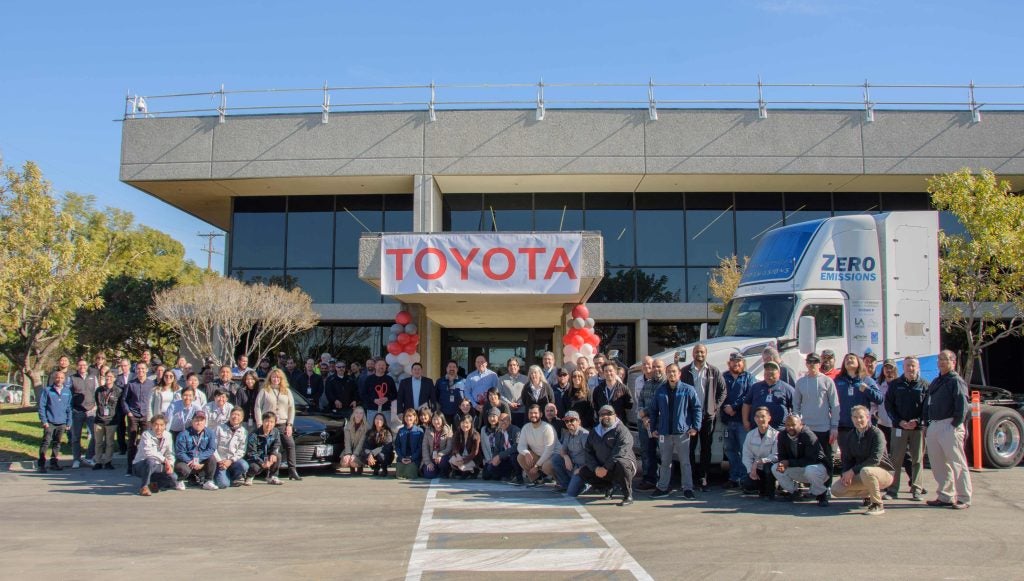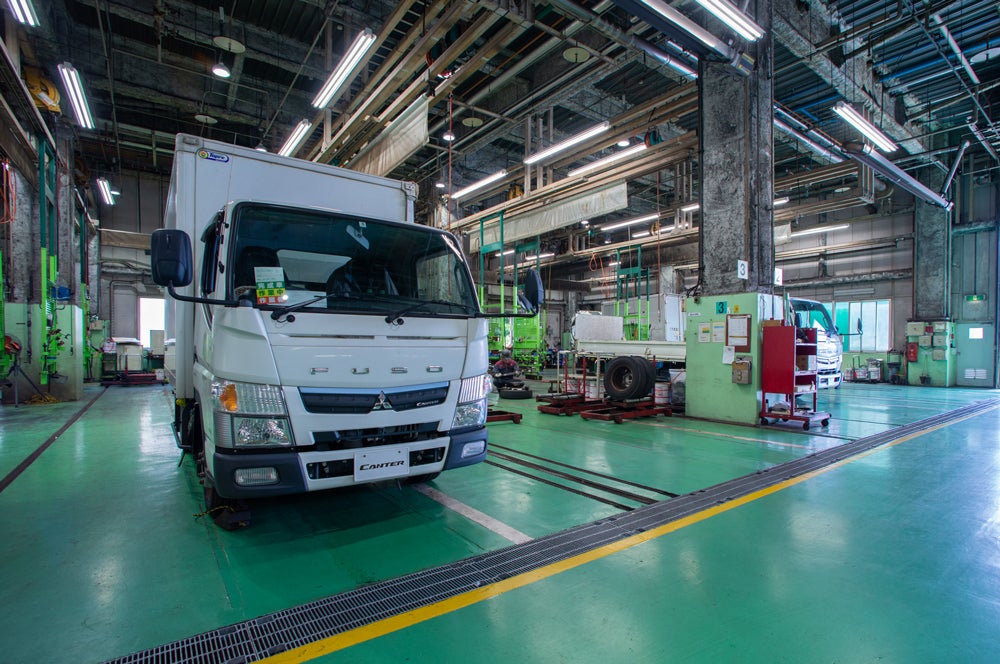Toyota’s Collaborative Safety Research Centre (CSRC) says it has formally launched ‘the next phase of its research mission, celebrating the successful conclusion of its first five years of auto safety research’. The new research effort, named CSRC Next, will focus on the challenges and opportunities of autonomous and connected vehicle technologies over the next decade.
First announced in 2014, CSRC Next will direct US$35m through 2021 towards research designed to support a safe transition to the future of mobility. Projects will follow four research tracks:
- The potential integration of active and passive safety systems, using advanced pre-crash sensors to improve and personalise crash protection
- Building advanced technology vehicle user experience models for individuals and society in order to improve usability and strengthen the driver-vehicle relationship;
- Studying driver state detection, working to improve mobility using metrics for physiology and health; and,
- Applying big data and safety analytics techniques to develop algorithms and tools to study naturalistic driving data.
“The launch of CSRC Next reflects Toyota’s understanding of the importance of human interaction with emerging and advanced vehicle technologies,” said Chuck Gulash, director of CSRC. “These highly advanced systems are radically reshaping the transportation landscape, building a relationship between drivers, occupants and vehicles as teammates working together safely and conveniently. We are excited to continue our safety mission by helping to support a safe evolution to a broader mobility future.”
At launch, CSRC Next’s research portfolio includes eight projects in partnership with six schools. Examples include work with the Massachusetts Institute of Technology (MIT) AgeLab to develop new systems for autonomous vehicles to perceive and identify objects in their environment and to understand social interactions in traffic; and a research study with Virginia Tech to estimate issues that may arise after Integrated Safety Systems (ISS) are deployed in the future, including all active and passive safety systems.
CSRC is working with the Toyota Research Institute (TRI) and Toyota Connected (TC). CSRC research is helping to accelerate autonomous driving technology development as well as contributing to the exploration of the complex relationship between future mobility and broader social trends.
The beginning of CSRC Next also marks the conclusion of the centre’s first five years of automotive safety research; where it explored Human Factors, Active and Passive vehicle safety technologies, and Data Analysis and Tools development.
How well do you really know your competitors?
Access the most comprehensive Company Profiles on the market, powered by GlobalData. Save hours of research. Gain competitive edge.

Thank you!
Your download email will arrive shortly
Not ready to buy yet? Download a free sample
We are confident about the unique quality of our Company Profiles. However, we want you to make the most beneficial decision for your business, so we offer a free sample that you can download by submitting the below form
By GlobalDataSince its launch in 2011, CSRC has operated with a mission unique in the automobile industry: collaborating with leading North American universities, hospitals, and research institutions on projects aimed at reducing traffic casualties, and sharing the results publicly so that all can benefit.
In that period, CSRC has launched and completed 44 research projects with 23 partner universities, publishing more than 200 papers and presenting at multiple industry conferences. And while CSRC research has helped improve the safety of Toyota vehicles—for example, enhancing the capabilities of computer crash simulations and improving the tuning of Advanced Driver Assistance Systems—its impact has been much broader. Results have contributed to standards development at international bodies like the Society of Automotive Engineers (SAE).
In addition, CSRC projects have made meaningful contributions to auto safety industrywide, including research into human factors on vehicle safety and the impact of active and passive safety systems as well as the collection of driving safety data and development of new tools to analyse that data.
One of the key beneficiaries of CSRC research has been emergency medicine. A project with the University of Michigan Department of Emergency Medicine’s Centre for Integrative Research in Critical Care studied a computational technique for noise-tolerant, robust detection and prediction of severe cardiac events, including Myocardial Infarction and Myocardial Ischemia, inside a vehicle. As part of CSRC Next, the ECG data collected from in-hospital and in-vehicle subjects will be trained with machine learning models to detect and predict the in-vehicle occurrence of cardiac events.
“Another study, in collaboration with the Mind and Brain Health Labs at the University of Nebraska Medical Centre, deployed real-time glucose monitoring systems in drivers with insulin-dependent diabetes. The project’s goal was to investigate the feasibility of combining physiologic and driving sensor data to determine the levels and patterns of glucose control that might produce changes in driver behaviour and safety in individuals with diabetes.”
“The CSRC and its mission follow from Toyota’s belief that great things happen when good ideas are shared,” continued Gulash. “We are extremely proud of our work over the last five years, including both the significant contribution we have made to automotive safety and our opportunity to support the next generation of researchers at universities across North America. It is a track record of success that gives us tremendous confidence as we launch CSRC Next.”
Key projects in the CSRC’s first five years include groundbreaking programs to develop test platforms for collision avoidance systems, including one with Indiana University – Purdue University at Indianapolis (IUPUI) and The Ohio State University that created advanced test targets for pedestrian pre-collision systems, which feature radar cross-sections that match those of human beings. Another, with MIT, modelled in-vehicle voice command systems and driver behaviour.
CSRC will be participating at the National Highway Traffic Safety Administration’s (NHTSA) 25th International Technical Conference on the Enhanced Safety of Vehicles (ESV) in Detroit, Michigan, 5-8 June 2017.







